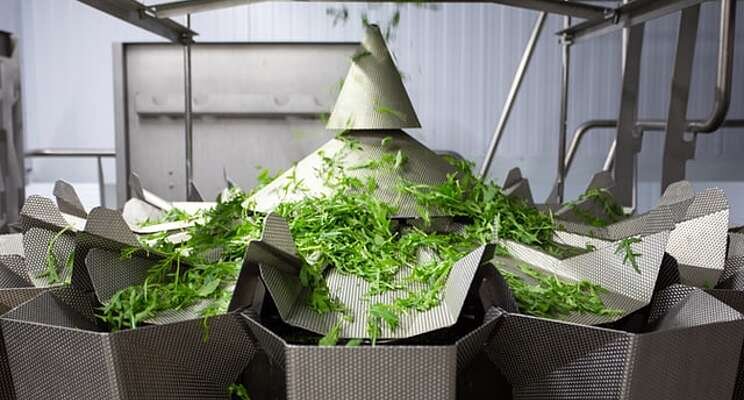Avoid these five mistakes when choosing food-grade conveyors
Added on 07 July 2022

"Food-grade conveyors are one of the most important parts of the food and beverage industry because they transport raw ingredients, organic materials and other consumable goods within the facility and ultimately out to the consumer," said Richard Canny, president of Ultimation Industries
Choosing the right conveyor system is a critical step in maintaining a safe food supply. Unlike regular industrial conveyors, food and washdown material handling solutions must be constructed of sanitary and hygienic materials to meet rigorous safety standards and must be easy to clean, maintain and inspect.
Here are five mistakes to avoid when choosing conveyors for food-handling applications:
Mistake #1: Assuming all stainless steel is food-grade. Just because a conveyor is made from stainless steel doesn't mean it meets food-grade requirements. SAE 304 stainless steel is the most common type of stainless steel used in the industry because it resists oxidization and corrosion, is easy to wipe clean and does not easily breed bacteria.
Mistake #2: Using food-grade stainless steel for everything. While stainless steel is the standard bearer for food-safe systems, different materials can be used safely depending upon the amount of contact the food has with a conveyor's surface. For example, food moving along a belt conveyor is always in contact with the belt so the belt material needs to meet or exceed requirements for contact with the food. Frame and guarding materials, however, can often have different requirements if they are not in direct contact with food materials. The choices between stainless steel or lower grade materials can have a large impact on the cost of a conveyor system.
Photo by Petr Magera on Unsplash
Source: Agritech Tomorrow
More news















